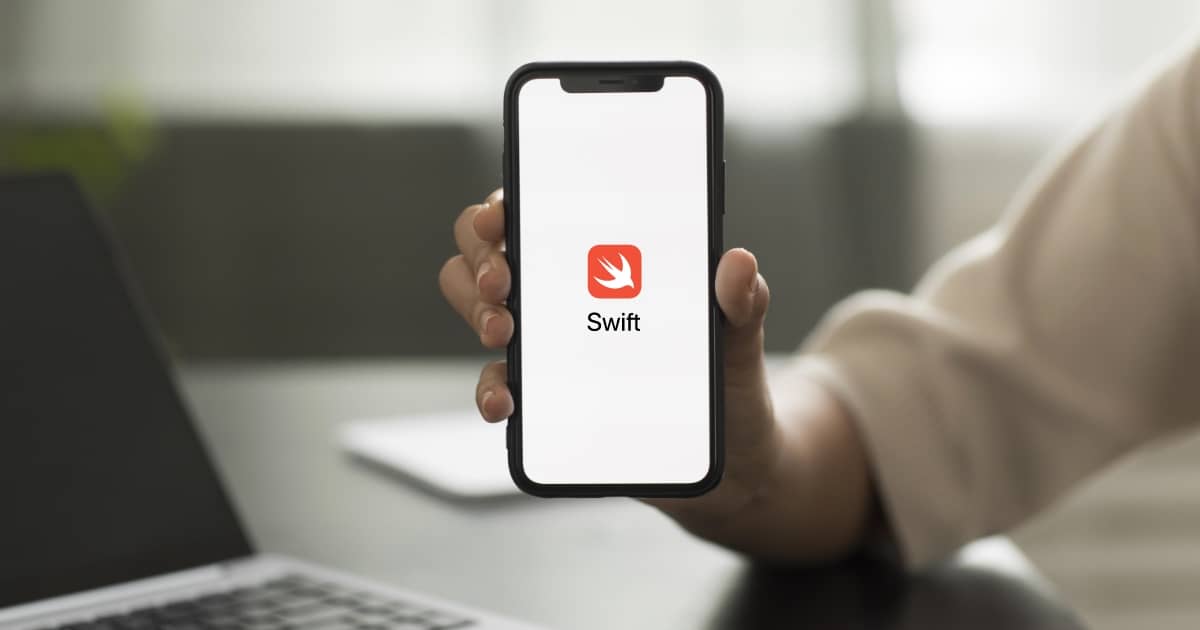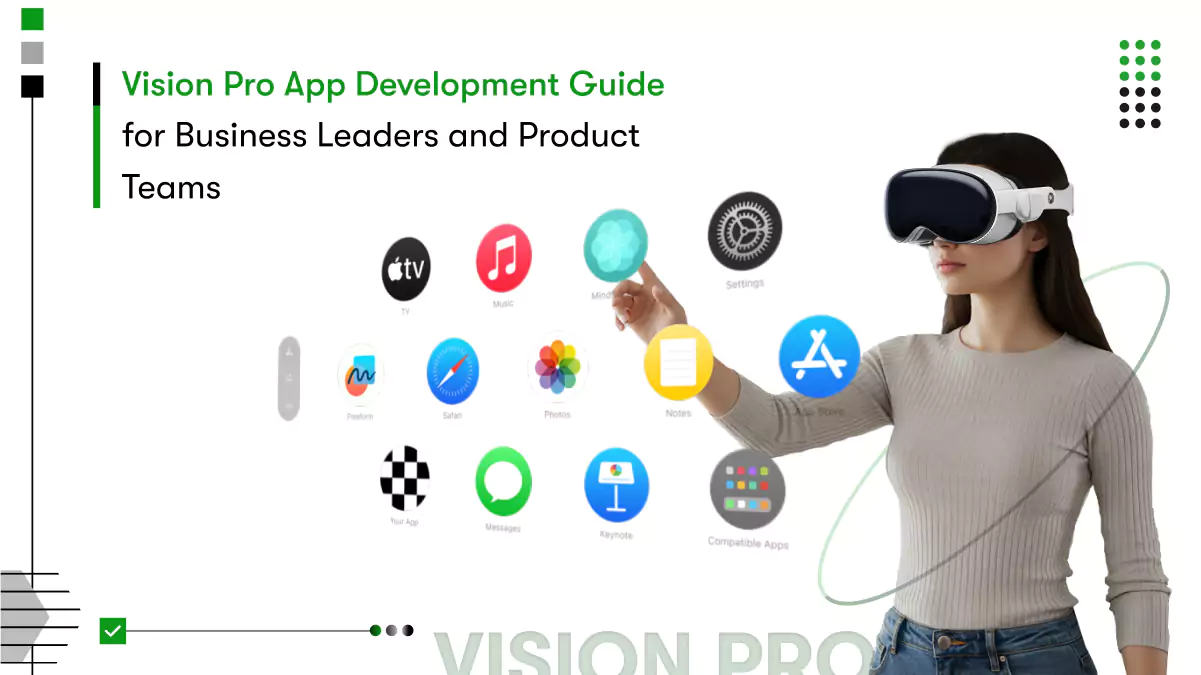Has the programming language Swift taken you in swift? The herd of enthusiast iOS developers is always confused about the selection of programming languages for app development. Objective C programming language gives a fierce competition to Swift, but Swift has amused the community with its offerings. iOS is one of the most popular mobile platforms; the community always seeks strategic benefit from the programming language. If you are one of those entrepreneurs confused about whether to choose the old Objective C or the recent Swift for iOS development, we are happy to help. Today, we will discuss the pros and cons of the Swift programming language and why you should choose Swift for iOS development.
It has been Swift since the beginning:
Programming language Swift has opened up doors of opportunities for developers and business owners. It is not only a versatile language used for iOS applications development but has also set the expectation bar since its inception. It is the second official and dominant language for iOS, macOS, tvOS, and watchOS development.
Additionally, Swift being open-source has already grabbed the attention of developers, and the release of Swift 4.0 has taken over the market like a storm. Even though it is at a young age, the programming language has one of the largest communities of supporters. The availability of so many third-party tools helps developers to deliver another level of experience to the users.
The code syntax is clean, consistent and helps in delivering faster applications. You would be surprised to know that Swift is nearly 2.6 times faster than Objective C, which is an obvious reason why it has the upper hand over the old programming language.
The Apple team struggled to come up with a programming language that would fit the Objective C ecosystem. And finally, the team successfully came up with the disruptive new language and released it at Apple 2014 Worldwide Developers Conference (WWDC).
The preference grapple continued between the new language and the old one. And it took almost a year for the developers to decide between the two. Well, as soon as the developers had their hands on the Swift libraries, they started embracing the flexibility of the language.
The evolution of the programming language continued, and Swift became more stable, subtle, and compatible for iOS development. Additionally, Swift is backed by Apple, gaining more recognition and trust amongst the community.
That’s how Swift continued to extend its support and laid the foundation for amazing app development in iOS.
Now we will look into the benefits of using Swift for mobile app development, as well as the downside of the language.
Swift programming language has definitely improved the performance and interactivity of mobile applications, but it is important as a developer to have a fair eye towards it.
You should know whether the language benefits you from the business perspective. And to know this, continue reading this article further.
Rapid development process:
We have mentioned above and would like to repeat; Swift is 2.6 times faster than Objective C. This is for the fact that the programming language is clean, expressive, and easy to understand. The concise code facilitates less coding, which means the task can be accomplished faster. The Automatic Reference Counting (ARC) assists in keeping track of the application’s memory usage, and thus the manual task of maintaining it is reduced drastically.
No wonder why the Lyft app was rewritten in Swift language. Imagine 75,000 lines of code being reduced to one-third of it.
Easier to scale the product and the team:
Swift is the future language of iOS development. In addition to faster development, Swift-built apps allow you to add features to the app.
Adding more to the excitement is the fact that you can even add more team members to the Swift team. The language is easy to learn, due to which you will have a pool of options to select from. The onboarding process becomes extremely easy, and you can scale your team accordingly.
Higher safety and improved performance:
In addition to being faster than Objective C, Swift promises an increase in app performance. If we believe the figures, the language promises around a 40% performance increase of the application. If you still find it difficult, you can optimize the Swift code for better performance.
An experienced Swift developer will know how to operate the feedback loop and correct the errors. This means the code crashing will not be an issue in the production any further, and the errors can be fixed instantly.
Decreased memory footprint:
Coding in Swift is like a blessing. It allows you to use third-party-code, also, open-source frameworks and libraries. You can use static or dynamic libraries and execute the code. Static libraries are imbibed into the code and compiled, which may lead to an increase in the app size and loading time.
Where else, dynamic libraries are not stored in the code and can be included only when it is required. However, integrating the dynamic libraries lying outside and executing the code becomes a bit time-consuming. On the other hand, static libraries can be executed remotely when you do not want to use them.
The new version of Swift 5.0 already has Swift libraries integrated into macOS, iOS, tvOS, and watchOS.
Interoperability with Objective C:
Swift programming language is replacing Objective C slowly and gradually. Since it is perfectly compatible with the old language, you can use it interchangeably. The interoperability of these two languages is extremely useful if you are working on a large-scale project and want to port one or the other language.
Open source and dynamic community support:
Swift wasn’t an open-source language initially, but the community quickly gauged the importance of it being open-sourced and released an open version soon. Since then, the support from Apple and IBM has contributed to the community’s growth a lot.
The availability of abundant resources and learning books makes it quite easy for the newbie developers to adapt to the language. Well, how can we forget the Swift Playgrounds? The blog goes incomplete if we forget to mention the gamified learning experiences from Apple.
Developers are high in demand:
Apple’s engineers crafted this beautiful and powerful language designed keeping in mind the increasing demand for mobile app development. A career in iOS development would be well-paid, and you can expect the developers to be paid nearly $85,000 a year.
Xcode integration:
Apple’s Integrated Development Environment extends its support for Swift language. This makes the job of developers quite easy to learn and implement.
Downsides/Drawbacks of Swift programming language:
Well, the cons of the Swift programming language can easily be overlooked when you have such a wonderful list of benefits. However, it is also essential to know about the drawbacks in advance so that it doesn’t hit you badly.
The newness of the language:
If we compare the two popular languages, Objective C and Swift, Swift was released in the year 2014, while Objective C was in the 1980s. No doubt, the pond of resources makes it easy for developers to be receptive to the new language; however, there is still a scope to mature and evolve.
Also, it has a limited number of native libraries and tools, and hence the newness of language can restrict the app development.
A limited number of developers:
Yes, the Swift community is rapidly growing and evolving, but, to date, you may find a limited number of developers having full-fledged knowledge of the Swift programming language.
If we trust the StackOverflow Developer Survey results, it suggests that only 6.6% of 87.354 respondents use Swift.
Well, there is nothing to be disheartened about; this number will grow in a blink of an eye.
Lack of backward compatibility with older iOS versions and language:
It might come as a surprise that Swift can be used for iOS 7 and above. For the legacy project functioning with iOS 6 or below, Swift is of no use. The programming language is unstable for newer versions and fails to resolve issues even with Xcode’s assistance.
Progressing into the future:
It looks like the Swift programming language will have a number of success stories to tell, but it is going to take time. Lyft, Linked In, Coursera, Pandora, Fitbit, and Twitter already have their news to share.
Swift programming language will progress with time, but as much as we see, it is going to be the future of iOS app development.
If you are interested in implementing Swift in your current project or want to build a new app altogether, you can get in touch with us. We help entrepreneurs in making the shift to Swift swiftly! Thanks for reading.












 Contact Information
Contact Information